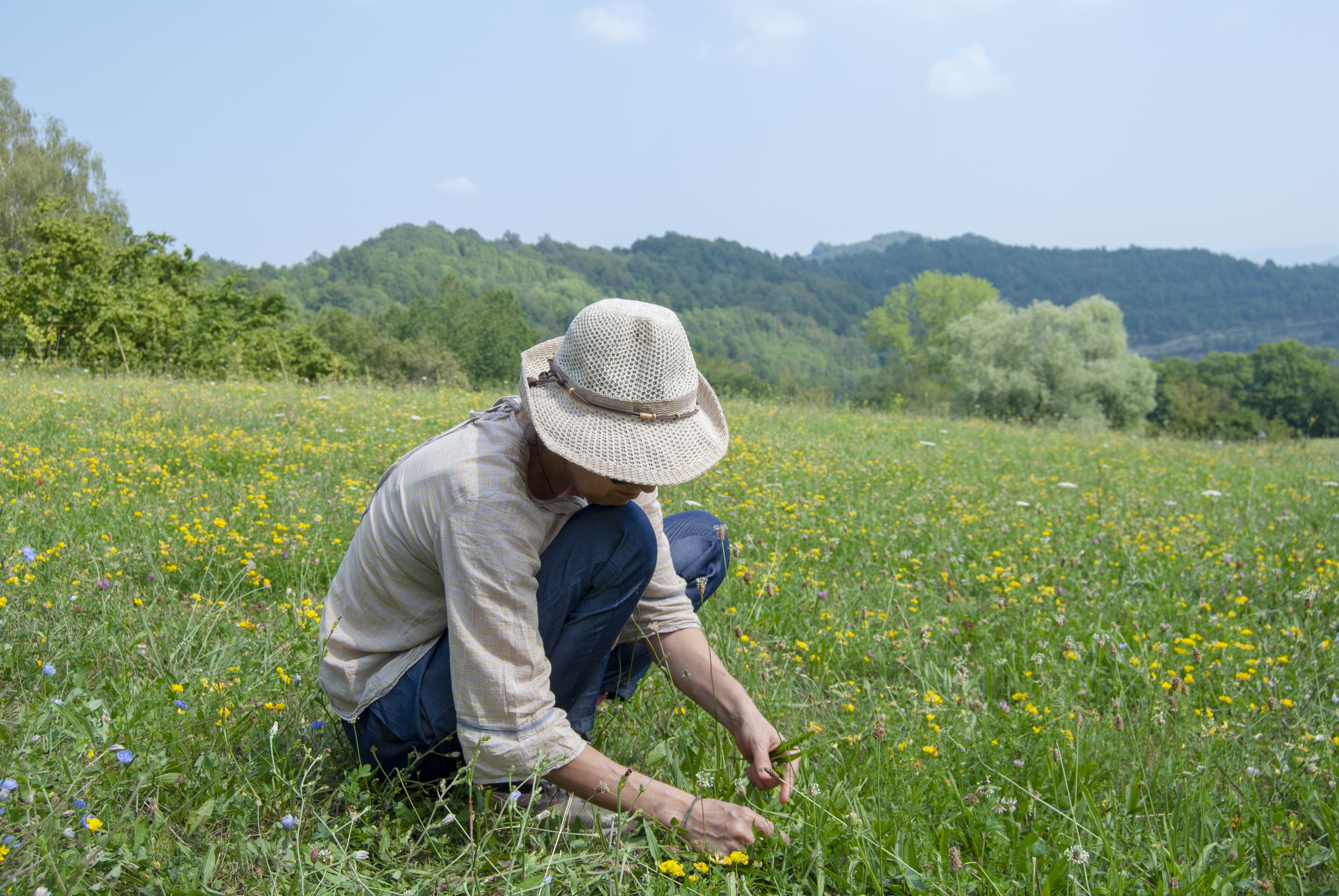CHIARA
SGARAMELLA
NEWS
︎︎︎Connexions metabòliques. Clima i agricultures comunitàries. Art & ecology mediation project supported by Concomitentes. July 2025 - December 2026.
︎︎︎ I corpi della terra. Art and agroecology research workshop, Pianpicollo Selvatico, Italy.
︎︎︎ Rutas migratorias, Ecologías híbridas del Delta del llobregat, El Prat, Barcelona, Spain.
︎︎︎ Art and Climate, International
ECHO Academy, Espronceda Art and Culture Institute, Barcelona, Spain.
︎︎︎
Activist Imaginaries, New Issue of REGAC Journal, 2024. Guest Editor.
︎︎︎ Sites of Practice, a programme
supporting art initiatives in response to the polycrisis, 2024-25.
Intrinsic mutuality
2021-22
Mi investigación en Pianpicollo Selvatico nace del interés por las prácticas agrícolas no industriales. Partiendo del estudio de las herramientas agrícolas tradicionales como expresión de las dimensiones manuales y relacionales de la práctica del cultivo, surgieron una serie de preguntas que ampliaron el alcance de la investigación: ¿puede la agricultura entenderse como un espacio de coexistencia, coevolución y cuidado mutuo que abarca elementos minerales, formas de vida vegetal y animal, incluidas las comunidades humanas? ¿Cómo podemos pasar de una visión extractivista de la agricultura a prácticas más respetuosas con el ecosistema que permitan la regeneración de los recursos y protejan la vitalidad del suelo y la biodiversidad? ¿Cuál es el papel de las prácticas artísticas y la percepción estética en este proceso?
A partir de estos interrogantes, mi trabajo ha gravitado progresivamente hacia una reflexión sobre la complejidad del suelo como un entramado vivo de organismos, fuente de alimento y al mismo tiempo repositorio de todo lo que nos ha precedido. Las recientes definiciones científicas del suelo explican que no se trata sólo de un hábitat para las plantas y los seres vivos, ni únicamente de un conjunto de elementos minerales, orgánicos o descompuestos generados por el metabolismo de los organismos. En realidad, las bacterias, los hongos, las microalgas, la rizosfera y todas las formas de vida que la habitan son el suelo. Un suelo vivo sólo puede existir con y a través de una comunidad multiespecie de seres que lo crea y sostiene en el tiempo. Esta toma de conciencia abrió un interesante campo de indagación en relación con el tema central de la investigación, vinculando la investigación conceptual y artística con la noción ampliada de cuidado interespecies propuesta por María Puig de la Bellacasa (2017). La filósofa nos invita a explorar las múltiples maneras en que otras especies cuidan de las comunidades humanas y no humanas, destacando las muchas formas de interdependencia que sostienen la vida.
Las diferentes fases de la investigación se materializan en una serie de dibujos y grabados que componen una instalación con el objetivo de retratar la estratificación de prácticas, conocimientos y procesos naturales que dan forma al suelo y nos nutren tanto física como culturalmente. Además, la propuesta profundiza en la idea de comensalidad como espacio de interacción y mutualidad intrínseca.
Colaboraciones: Alice Benessia, Andrea Caretto, Raffaella Spagna, Silvio Funtowicz, Elena Pugliese.
Fotografías : Chiara Sgaramella
-----------
My research at Pianpicollo Selvatico stems
from an interest in non-industrial agricultural practices. Starting from the
study of traditional farming tools as an expression of the manual and
relational dimensions of the practice of cultivation, a number of questions
arose broadening the scope of the research: can agriculture be understood as a
space of coexistence, co-evolution, and mutual care that embraces mineral
elements, plant and animal life forms, including human communities? How can we transition from an extractivist
view of agriculture to more ecosystem-friendly practices that allow
regeneration of resources and protect soil vitality and biodiversity? What is the role of artistic practices and
aesthetic perception in this process?
Beginning from these questions, my work has
progressively gravitated toward a reflection on the complexity of soil as a
living entanglement of organisms, a source of nourishment but at the same time
a repository of all that has come before us. Recent scientific definitions of
soil explain that it is not only a habitat for plants and living beings, nor
solely a collection of mineral, organic or decomposed elements generated by the
metabolism of organisms. In reality, bacteria, fungi, microalgae, the
rhizosphere and all the life forms that inhabit it are the soil. A
living soil can only exist with and through a multispecies community of
beings that creates and sustains it over time. This awareness opened an
interesting field of inquiry in relation to the central theme of the research,
linking conceptual and artistic investigation to the expansive notion of interspecies
care proposed by Maria Puig de la Bellacasa (2017). The philosopher
invites us to explore the many ways in which other species care for human and
nonhuman communities, highlighting the many forms of interdependence that
sustain life in the soil.
The different phases of the research materialize
in a series of drawings and engravings that compose an installation with the
aim of portraying the stratification of practices, knowledge and natural
processes that shape the soil and nourish us both physically and culturally. Moreover,
the proposal delves on the idea of commensality as a space of interaction and
intrinsic mutuality.
Collaborations: Alice Benessia, Andrea Caretto, Raffaella Spagna, Silvio Funtowicz, Elena Pugliese.
Photography: Chiara Sgaramella
![]()










